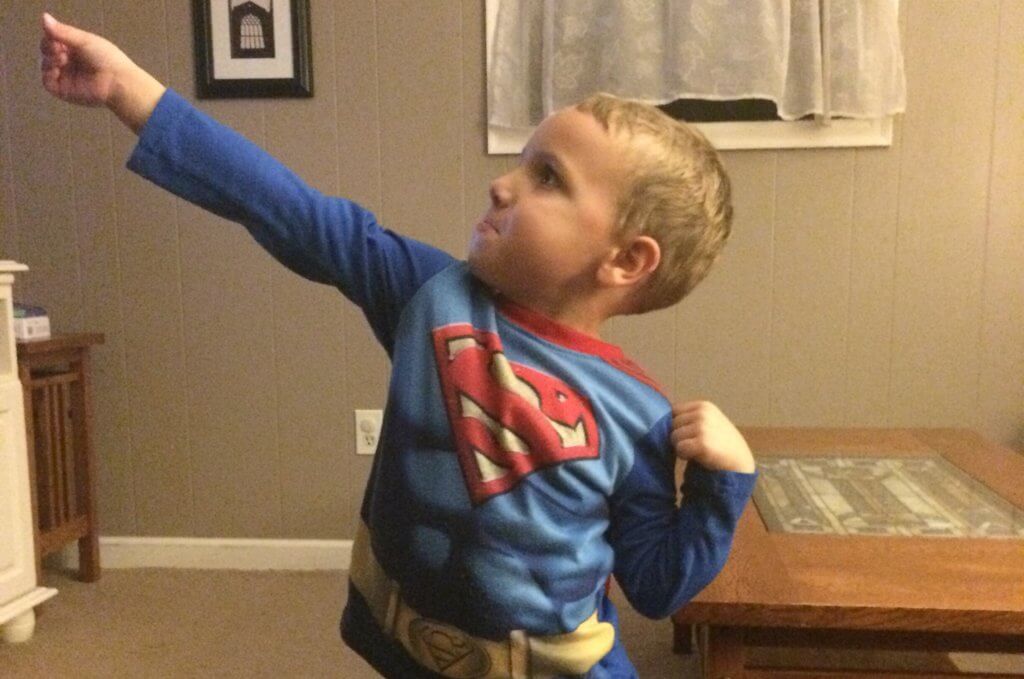
One of the things I love most is that pivotal moment when a group of staff or physicians throw up their hands and say “All right, I’m there, just tell me WHAT TO DO!” The challenge for leaders and others guiding this patient experience improvement is to be ready for that moment!
At DTA we’re data geeks so in preparation for this blog, I turned to our very own Jen Schugel who used our Coaching Reporting Tool for some analysis. Our team at DTA has coached more than 150 physicians, PAs, techs, NPs, coordinators, EMTs, and medics from Emergency Departments across the country. While we keep the reports we create confidential between our coach and the participant, using this tool we are very easily able to aggregate the data across roles, specialties, etc.
In the next few blog posts we’ll discuss the care practices that we find ourselves coaching most often across three categories: strengths, inconsistencies, and opportunities. To start out, let’s look at the strengths. These are practices that we see consistently displayed by those in the EDs where we have coached. These are key practices for staff and physicians who want to know “what to do!”
Narrate your care – This is basically talking while you work – a running narrative as you care for the patient. I was shadowing a tech last week who excelled in this. She’d constantly say things like “I’m just going to get you unhooked’ or “I’m just going to press the button to check your blood pressure” or “Let me straighten this out” or “I’ll cover you back up.” These are all great examples of narrating your care and it has the effect of calming the patient. Think about it, they are in a new environment with strange noises, smells, and experiences. Talking while you care for them can help to reduce their anxiety and help them have a better experience.
Use humor – Now, lest you think this is doing standup in the middle of the ED, let me explain. There are many staff and physicians who have found a way to appropriately let this fun part of their personality show through. It is evident in simple phrases and comments. I overheard a staff member recently say to a patient “It’s bad enough that you have to be here, you don’t want to put on a show” as she tied up a patient’s gown before she headed to the bathroom. These are slight and subtle moments but they let patients and staff connect on a more personal level and can help to make an unexpected experience a little better.
Show courtesy & respect (knock, smile) – These may seem like simple things but they can make a big difference to patients and families. Often staff rush in and out of rooms in the busyness of care. Taking a moment to center oneself and pause, knock, and wait for a response before flying into the patient’s room is a great way of not only showing respect but helping to be more mindful in the care you’re providing. Smiling is such a basic and beautiful way to show that you care. I love watching for this and seeing great smiles come through not only with patients but also with co-workers (patients notice those too!) It’s also important for coordinators and people on the phone – a smile can come through in your voice as well. Besides these, there are a multitude of other ways that we can show courtesy and respect to patients: pulling the curtain, asking if they want the lights down or up, covering them up and maintaining dignity, etc.
Explain things in a way that patients can understand – This is such a crucial one to remember for these patients and families who have found themselves in a very unexpected experience. Patients and families typically remark that while they may otherwise be very able to hear and process information, when they are stressed, scared, in pain, or concerned for their loved one, their ability to do so seems to go out the window. A great tactic here to speak at the level that you would for a 5th grader. This isn’t meant to be insulting to patients and families but to just find the simplest way to explain things and to use that.
Review the plan – I’ve mentioned before that waiting is one of the most important issues to address for patients and families. For example, one ED doc that I shadowed liked to summarize before leaving each patient encounter, “Once we get those labs back, we can talk to nephrology…”. Another said, “My first goal is to get you feeling better and my second goal is to figure out what’s going on…” or “We’re going to get some IV medications to help with that headache…”. Each of these are great examples to help to give patients and families a sense of what is coming up next.
These are some of the top strengths that we’ve seen in staff we’ve coached across the country. I share these in support of arming you with key practices to share when asked “what to do.” In our next blog, I’ll share some of the inconsistencies that we notice and where we spend time encouraging staff and physicians to focus as they work to improve the unexpected experience for their patients.
Citations:
University of Portsmouth. “Smile — And The World Can Hear You, Even If You Hide.” ScienceDaily. ScienceDaily, 16 January 2008. www.sciencedaily.com/releases/2008/01/080111224745.htm
